水泥分析
支援高效、高品質且永續的水泥生產
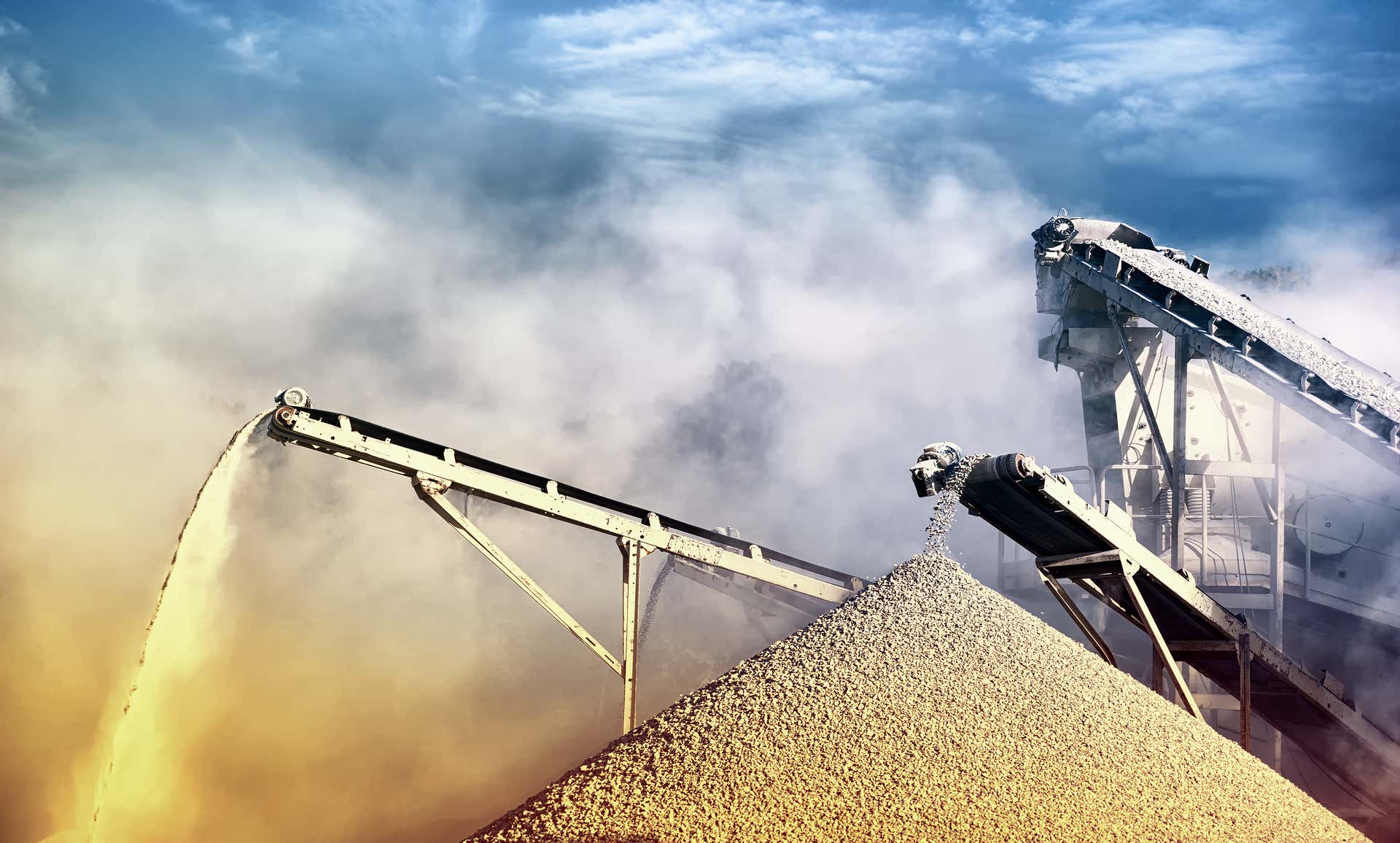
透過快速、可靠的 Aeris XRD 分析提高水泥品質和製程控制. 了解更多
了解更多支援高效、高品質且永續的水泥生產

製造商若要提升水泥品質與一致性,同時支持永續發展及降低生產成本,則必須採用值得仰賴的材料分析解決方案。諸如 Malvern Panalytical 世界頂尖儀器的解決方案。無論是用於礦物組成分析的 X 光繞射 (XRD)、進行化學分析的 X 光螢光 (XRF) 或中子活化交叉帶分析儀 (CBA),或是適用粒徑分佈的雷射繞射 (LD),我們的水泥產品系列皆能提供一組單站式解決方案,以便用於生產過程中的每個部分。這些解決方案可完美整合至您現有的生產作業當中,而且無論您身在世界何處,皆能為您提供可仰賴的支援服務。
業界逐步邁向循環式的淨零模式,並開始採用其他燃料和熟料,因此高品質的水泥生產更需要穩定的元素與礦物分析。與此同時,如要最佳化研磨效率和最終的水泥特性,顆粒大小分析仍有不可或缺的地位。相較於過去,現代的水泥製造商更需要嚴密控管製程中的每一道步驟,從而實現最大的效率、成本效益及品質。
哪個儀器要用於水泥製程中的哪項運作環節?答案請見下圖。
![[Building materials toolbox - bm - mining explorer - mine processes.jpg] Building materials toolbox - bm - mining explorer - mine processes.jpg](https://dam.malvernpanalytical.com/4fdbe28d-9e09-43db-85bb-b16f00d2b56e/Building%20materials%20toolbox%20-%20bm%20-%20mining%20explorer%20-%20mine%20processes_Original%20file.jpg)
對於確保水泥在生產過程中的品質和成效,以及減少製造時的碳排放方面,水泥分析扮演著重要角色。
XRF 可用於水泥、原料、輔助性膠結材料 (SCM) 和替代燃料的元素分析。它能透過測量樣品的特性 X 光發射,來辨識樣品的化學組成。
可根據測量的準確度和獲取結果所需的時間,來考量不同的樣品製備方法:
XRD 不僅能夠辨識並量化孰料和水泥的結晶相,也能辨識並量化替代燃料和 SCM (煅燒黏土)。
樣品製備雖然是獲得正確結果的關鍵,但通常也是最大的誤差來源。共有兩種方法可供使用:
瞭解水泥樣品中所存在的粒徑範圍,便能更完善地控管水泥特性和營運成本。此外,粒徑也在反應性中扮演著關鍵角色,因此更常運用在其他材料上 (黏土、混凝土細料等)。
雷射繞射的基礎為透過準直雷射光束來照射顆粒。各種角度下的散射光皆會受到測量。粒徑資訊係由繞射圖樣所得出。
用於在水泥生產中進行即時元素分析的製程控制技術。
PFTNA 可針對從採石場到窯爐的元素組成持續進行監測,甚至可加以運用,進而完美控制孰料中的 SCM 添加物,藉此製造低碳水泥。
此技術對於高頻分析而言非常實用,不僅可供人工智慧和機器學習模型使用,還能進一步將具有正確特性和最低碳足跡的水泥生產最佳化。此技術常用於以下水泥生產的關鍵階段:
總的來說,這些都是每個水泥生產階段中不可或缺的方法:
所有這些技術都能將水泥生產最佳化,同時降低製造成本。除了擁有多項優勢外,更能快速實現投資效益,擁有成本也相當低廉。歡迎與我們聯絡,瞭解更多有關我們的儀器如何協助您提高投資報酬率 (ROI) 的資訊。
您可獲得:
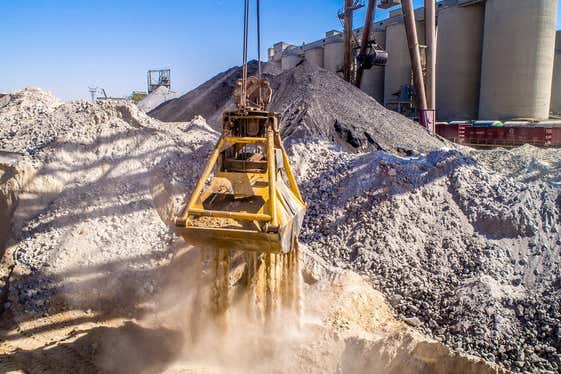
製造商在選擇原料時,必須將成本降到最低,同時確保材料與水泥製程相容。特別是在使用替代原料時,這些原料可能會引入更多變化,此時可靠的分析便能協助監測此類變化,以達到所需的規格。除了材料成本外,還必須考量其對於製程效率及深具挑戰性的永續性目標 (2050 年淨零排放) 帶來的影響。為此,化學和礦物組成極為重要。
我們的解決方案提供高頻分析,特別是在自動化方面,尤其如果用於線上或線下時更是如此,不僅有助於將廢料降至最低,還能將原料的礦物和化學組成最佳化。它們可在採石場和生料混合配比時執行這項作業。這些儀器可快速提供結果,讓製造商減少採樣浪費,並確保窯爐在剩餘製程中 (預先混勻和配比) 能獲得穩定進料量,以利提高能源效率並降低 CO2 排放量。
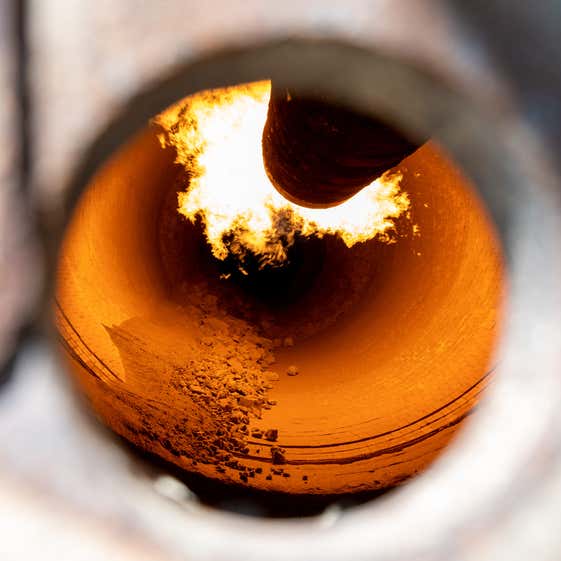
在處理生料混合物方面,窯爐效率最大化是降低耗能、碳排放和維護需求的重要一環。將放入窯爐的材料最佳化,有助於達成此目標:這裡需要留意的兩項重點在於監控混合物化學特性正確且維持穩定,並適當研磨原料。
穩定的原料粗粉組成,同樣是確保窯爐熱曲線維持一致的關鍵,在提供具有合適特性 (例如抗壓強度和凝結時間) 的優質成品上同樣重要。它也會影響耗能、是否使用研磨添加劑、耐火材料使用期限、添加劑消耗、燃料需求與其他製程因素。舉例來說,為了避免 Alite C3S 分解成 Belite C2S 和游離石灰,窯爐必須具備氧化條件。這項穩定性可透過使用 XRF 或線上元素分析 (例如中子活化交叉帶分析儀) 以控制化學成分,或者使用 XRD 控制礦物組成而達成。
最佳操作要求也適用於原料細粉 (避開特別粗的方解石和石英顆粒):生料混合物的顆粒必須夠細,才能確保均勻混合和研磨,而不會死燒。接下來,使用雷射繞射進行粒徑分析,有助於確保結果。
以原料細粉 (避開特別粗的方解石和石英顆粒) 進行操作時,也必須採納最佳操作要求。生料混合物的顆粒必須夠細,才能確保均勻混合和研磨,而不會死燒。接下來,使用雷射繞射進行粒徑分析,有助於確保結果。
Mastersizer 會設置於實驗室中並用於品質控制,而 Insitec 或 Labsizer 則會用於製程控制。
WROXI 是一種高品質的合成認證參考物質 (CRM) 套件,其涵蓋相當多種氧化物材料,例如礦石、岩石和地質材料。它具有雙重用途:可用於主要熔融玻璃盤校準,或是用於發展二次壓實粉體校準。
以玻璃片為基礎的 WROXI-CRM 基礎軟體套件,包含 15 種認證參考物質、應用範本和監測樣本。一旦完成 WROXI-CRM 水泥擴充套件 (新增 9 個 CRMS) 後,此模組便成為隨即可用的解決方案,可進行各種原料、原料粗粉、熟料及水泥樣本的主要及次要元素分析。

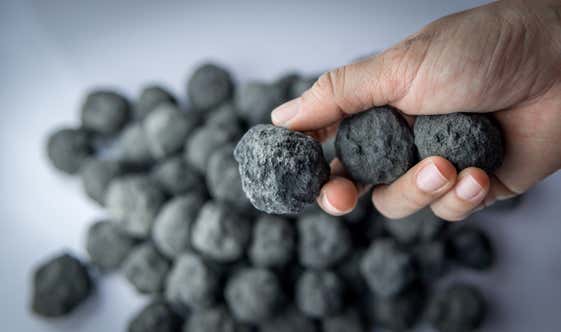
熟料是經由高溫處理而生成:預熱原料粗粉、進行煅燒而形成熟料、冷卻熟料及壓碎。如上所示,要達到合適的水泥特性,必須適當控制煅燒條件,然後迅速淬熄熟料。
接著要留意妥善控制煅燒 (游離石灰),避免不需要的元素,並將正礦物相最大化以實現水泥的目標特性。
為確保妥善進行煅燒,並獲得合適的熟料礦物組成,X 光繞射正是分析這些條件的最佳技術:可量化影響強度發展的 C3S 含量和類型、影響新鮮特性的 C3A 含量和類型,以及不得高於目標限值的游離石灰和方鎂石數量。Malvern Panalytical 的分析解決方案,善用 Aeris XRD 輕巧繞射儀以支援這項監控作業。
在孰料製造中,XRF 具有幾個重要用途:
綜合上述內容,XRF (Epsilon 4、Revontium、Zetium) 不僅能提高孰料品質、提升製程效率,更能強化整體水泥生產作業。
最後,如上所述,製造商運用永續方法的目標,不僅僅在於取得優質熟料,更希望節省能源和資源並降低排放量。
高溫處理熟料需要在 1450°C 下進行煅燒,相關能源通常可透過在煅燒爐和窯爐主燃燒器燒煤而達成。為求節能減碳,使用廢棄物與生質作為替代燃料的情況與日俱增。替代原料也是使用選項。
這類替代燃料或替代原料的用量,需要採取特定控制措施,以免對煅燒爐的反應性產生負面影響。我們的 X 光解決方案可讓您的熟料製造享有替代解決方案的優勢,同時無須擔心品質受到影響。
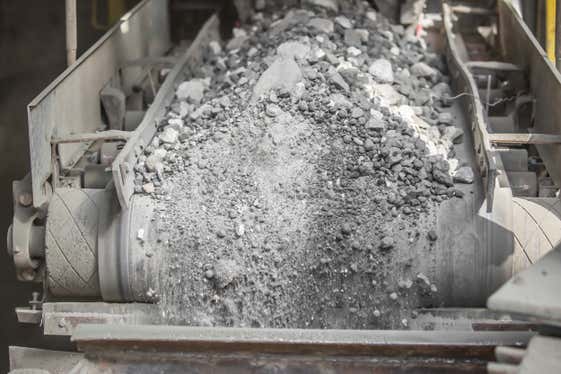
水泥的製造方式是將含有不同活性成分 (SCM) 的熟料研磨成細粉,進而實現所需的水泥性質。最常見的添加物是石膏與混合材料,例如飛灰、爐渣水泥、石灰岩、天然火山灰和煅燒黏土。這些材料經過研磨而具備所需細度,並以正確比例混合,進而生產所訂目標的結晶水泥相。
為降低耗能,必須將過度研磨的情況降至最低。成品水泥的粒度會影響其水合反應率,以及所需的水量、阻燃劑和分散劑,因此是決定水泥強度的關鍵因素。我們的粒徑分析解決方案有助於達到最佳的水泥粒度。由於它們的分析快速且即時,包括在嚴苛的製程環境中進行,於是可讓製造商迅速因應任何異常狀況,同時監控深具企圖心的準確目標。如此一來,它們有助於節省龐大能源,並提供最佳短期和長期水泥強度。此外,還可以快速輕鬆地安裝,將干擾降到最低。
監測硫酸鹽含量和礦物組成類型 (攸關研磨期間脫水),對於達到正確的新鮮硬化水泥特性而言至關重要。關於混合水泥,必須密切控制組成 (含非晶形物質),以符合客戶的規格與二氧化碳排放目標。我們的 X 光螢光與 X 光繞射儀器對此助益良多。
混凝土是由三項基本成分構成:水、團聚物 (岩石、沙或砂礫) 和水泥。水泥通常為粉狀,跟水和團聚物混合時,可充當黏著劑。這種化合物,或稱為混凝土混合物,經過傾倒且硬化後,便會成為眾所周知的耐用材料。
回收混凝土成為日益受到歡迎的方法,這是利用拆除結構體或道路後殘留的團聚物而來。在過去,這種碎石會棄置於垃圾掩埋場,但隨著環保問題逐漸獲得重視,回收混凝土可重複使用碎石,同時還能降低施工成本。
在這兩種情況下,主要留意的是混凝土是否符合允諾的可加工性,硬化後品質 (抗凍、水密性、抗磨損性、強度),以及使用價格 (水量)。
組成和材料大小同樣重要。我們的雷射或 X 光儀器可提供必要資訊,以便對此類特性進行高品質檢查。